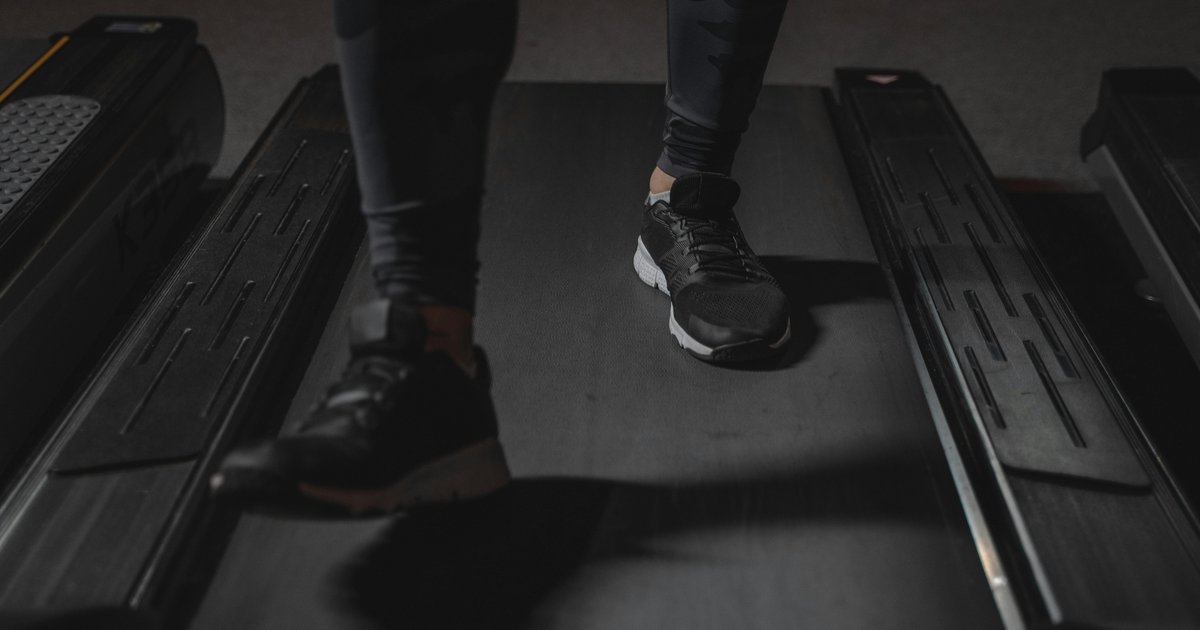Putting one foot in front of the other is a tried and true way of getting through tough times, or even just daily life.
Plus, the health benefits of walking, from burning calories and lowering risk of obesity to reducing joint pain, are well documented.
It turns out that walking backward, sometimes called retro walking, is also beneficial for physical and mental health.
“Backwards walking can be particularly beneficial because it strengthens muscles that are less used in forward walking, promoting better overall lower body strength, enhancing balance for athletic performance,” Matt Kendrick, founder of MK Health Hub, recently told GQ.
Although both forward and backward walking use the same group of muscles, including the quadriceps, calves and hamstrings, they do so in different ways. Mixing in some backward walking with forward walking is an easy way to cross train.
“Backward walking uses more of your gluteal muscles, quadriceps and hip flexors than forward walking,” Jordan Boreman, an exercise physiologist at the Cleveland Clinic, explained last year. “Your contact points through your legs and ankles get an extra challenge because they have to help you balance.”
Also, because people are less practiced at backward walking than forward walking, the body has to “adapt and adjust,” increasing heart rate and burning more calories, Boreman said.
Retro walking increases hamstring flexibility and may help reduce lower back pain, research shows.
Walking backward also has been found to be an effective way to improve knee function, especially during rehab from surgery or injury, because it activates the quad muscles and reduces knee strain and pain.
A 2019 review of research found that backward walking helped improve balance for people at high risk for falls.
Retro walking even offers cognitive benefits by increasing activity in the prefrontal cortex, which is involved with memory, impulse control and emotional regulation, according to UCLA Health.
But it’s important to incorporate backward walking into fitness routines in a safe way, health experts say.
Here are some tips:
• Start slowly. For instance, on a 20-minute walk, make five of those minutes backward walking, physical therapist Grayson Wickham told CNN.
• Try a treadmill. Treadmills provide level platforms with handrails to practice backward walking. To start, people can just get on and start walking backward, propelling the belt forward, without even turning on the treadmill. As people get accustomed to the motion, they can switch on the power, fitness instructor Marcel Dinkins told Time.
• Go uphill. Active people who are in good shape can try walking backward on an incline – on a treadmill or on an outdoor sidewalk or trail – and gradually increase duration and pace, physical therapist Winnie Yu told Women’s Health.

